Tropical Plant Mapping and Curatorship Internship
My love and familiarity in tropical and subtropical climates drew me to the tropical plant-mapping internship at Denver Botanic Gardens. I was born in New Orleans, Louisiana, and moved to Colorado after Hurricane Katrina. Despite growing up around the Denver metro area, New Orleans was still somewhere I considered home, and the climate was something I’ve remained fascinated by. I was overjoyed to get this internship because it would provide a chance to expand on my knowledge of something already near and dear to my heart.
This summer I had the pleasure of working on the tropical team in both the Boettcher Memorial Tropical Conservatory and the greenhouses. My project was to map the Tropical Conservatory, but I also helped maintain the plants in greenhouses one and five, created the treehouse display in the Tropical Conservatory and propagated for the plant sales and gift shop. Throughout the summer I propagated a number of plants, including Tradescantia (baby bunny belly and zebrina) and Fittonia (red nerve plant).
The Tropical Conservatory was built in the 1960s, and a lot of the plants had not been entered into the Gardens’ database, BG Base, since the 1990s. However, when entering the updated locations and statuses of the plants, I was amazed at the records behind each plant. The notes that came along with each plant created an entire history of its time before the Gardens. Each plant is a relic, and our plant records team is uniquely amazing at upholding those legacies.
By mapping each bed, I was also contributing to upholding the history of the plants and of the Tropical Conservatory as a whole. Each Wednesday I, along with my mentor Nick, went go into the Tropical Conservatory and recorded which plants were where they were supposed to be in the beds, which plants were supposed to be in the beds and were either dead or removed, and then which plants needed to be added to the map and then later to BG Base. I am proud to say that during this internship we mapped the entire Tropical Conservatory, save for the treehouse. Not all the beds have been entered, but the fact that there are up-to-date paper maps is huge.
I also worked with three other interns throughout the summer, working in different gardens each week and going on field trips on Fridays. Each activity was an amazing opportunity and I’m so thankful for my fellow interns and Denver Botanic Gardens’ employees for their generosity and patience in teaching us about their ecosystems.
This article was contributed by Moira Newman, tropical plant mapping and curatorship intern.
Gallery
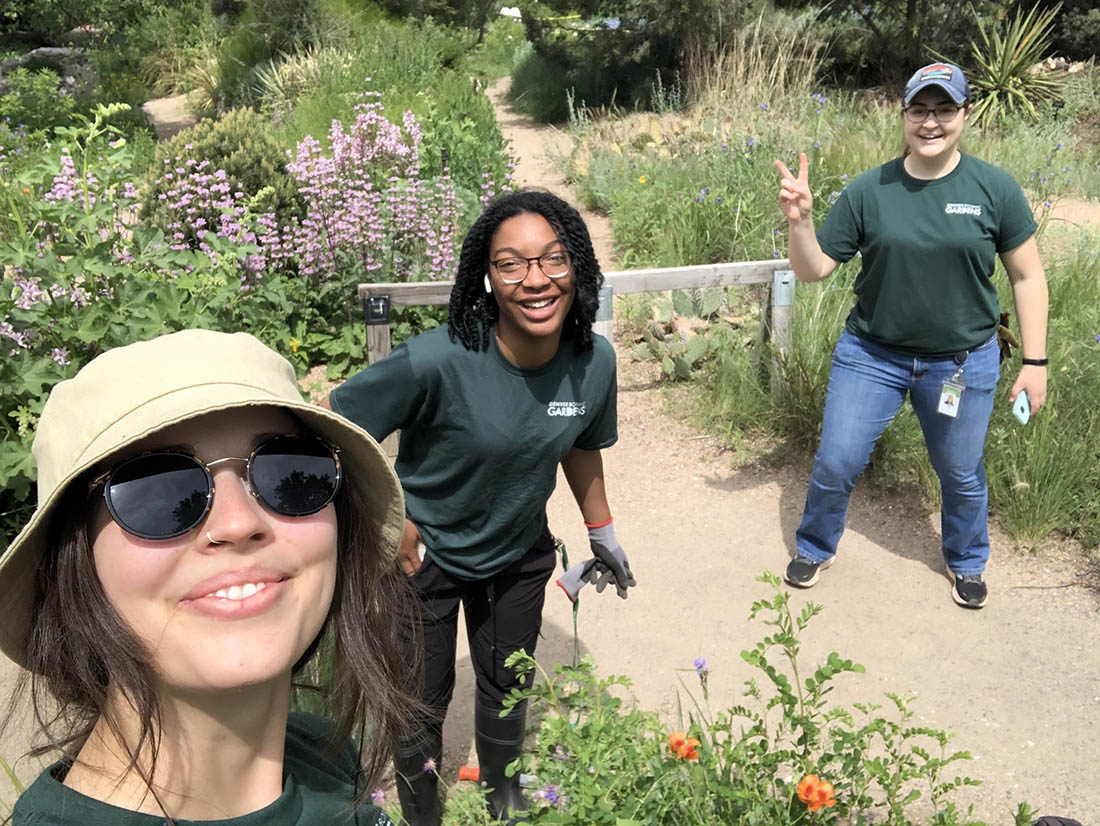
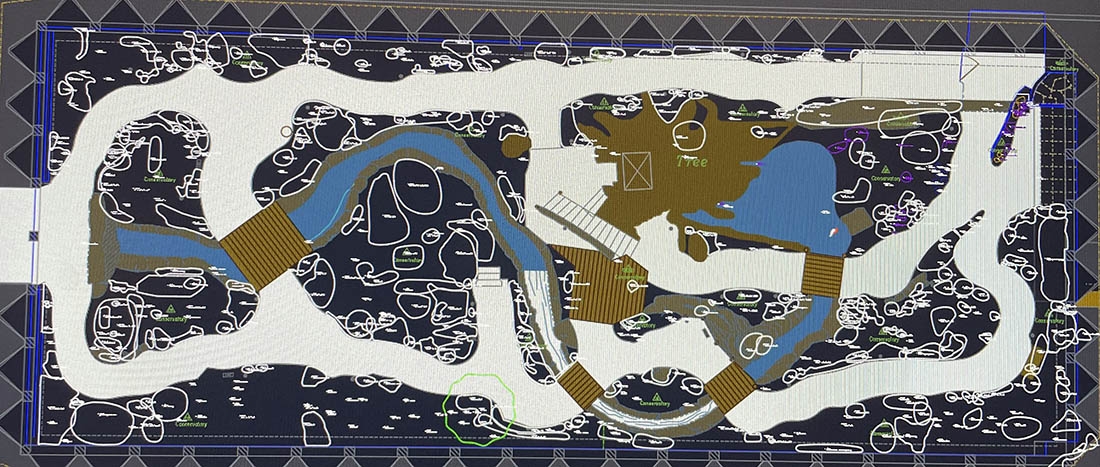
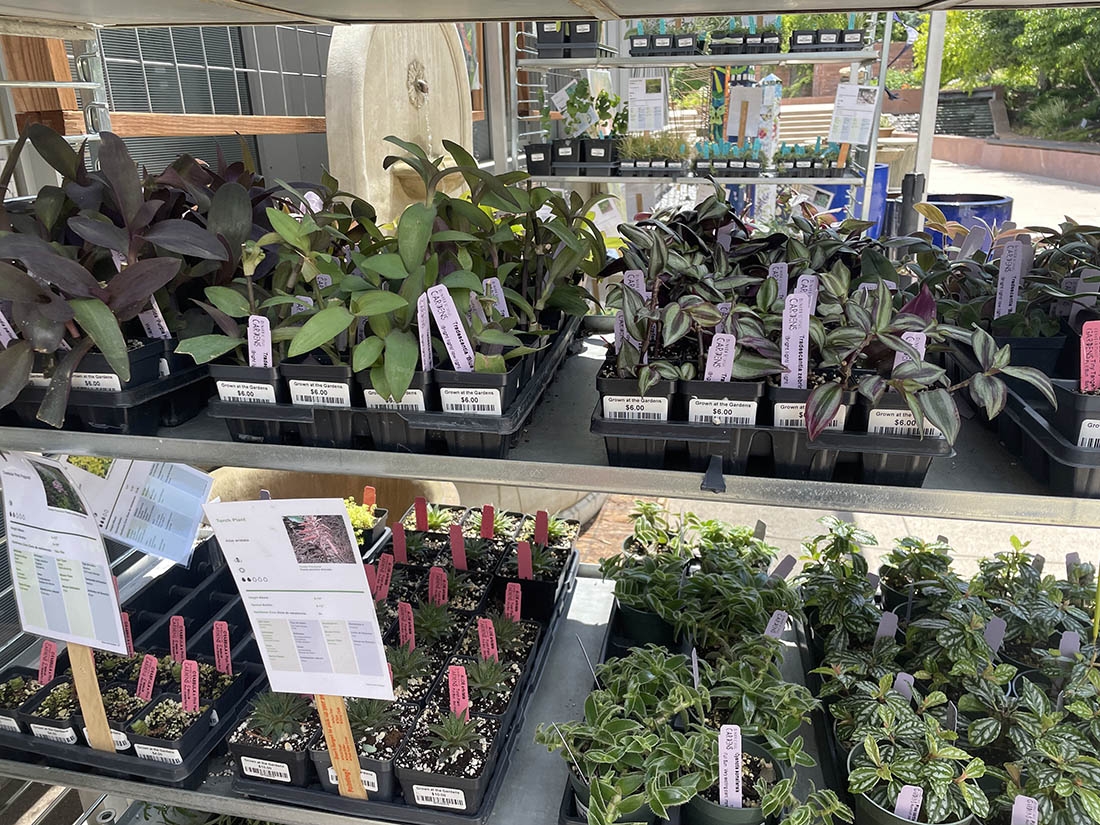
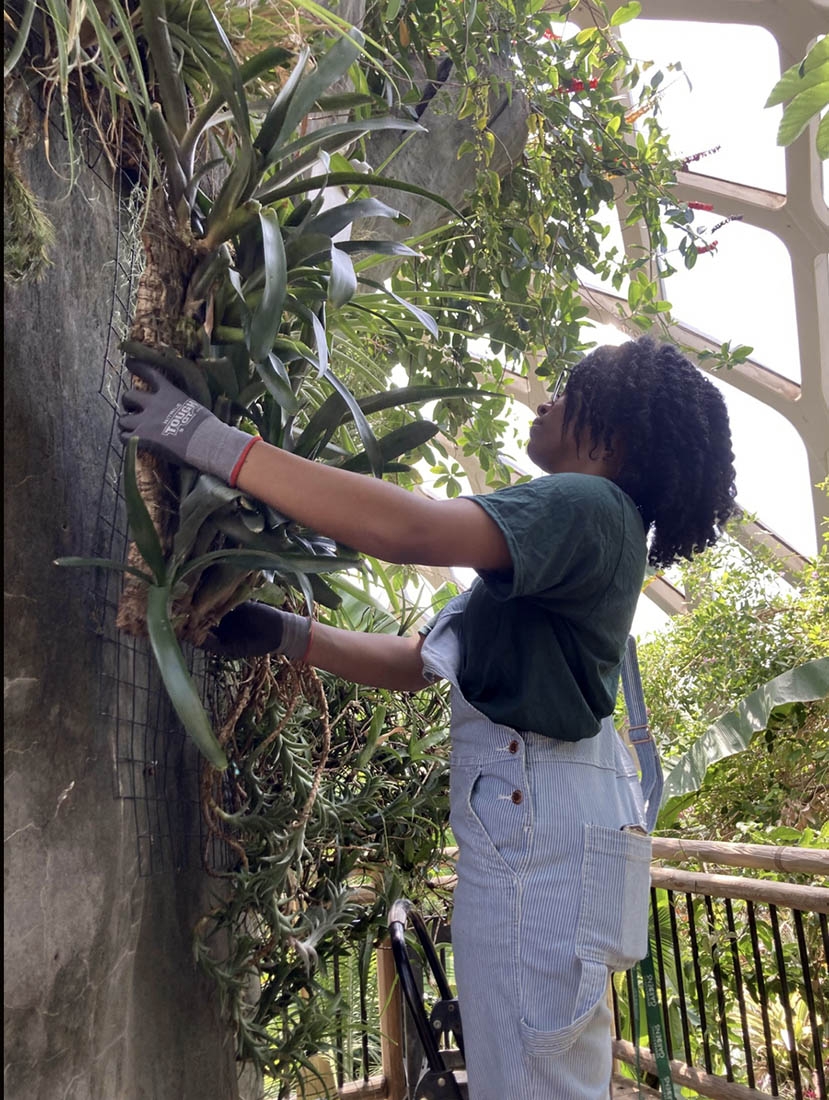
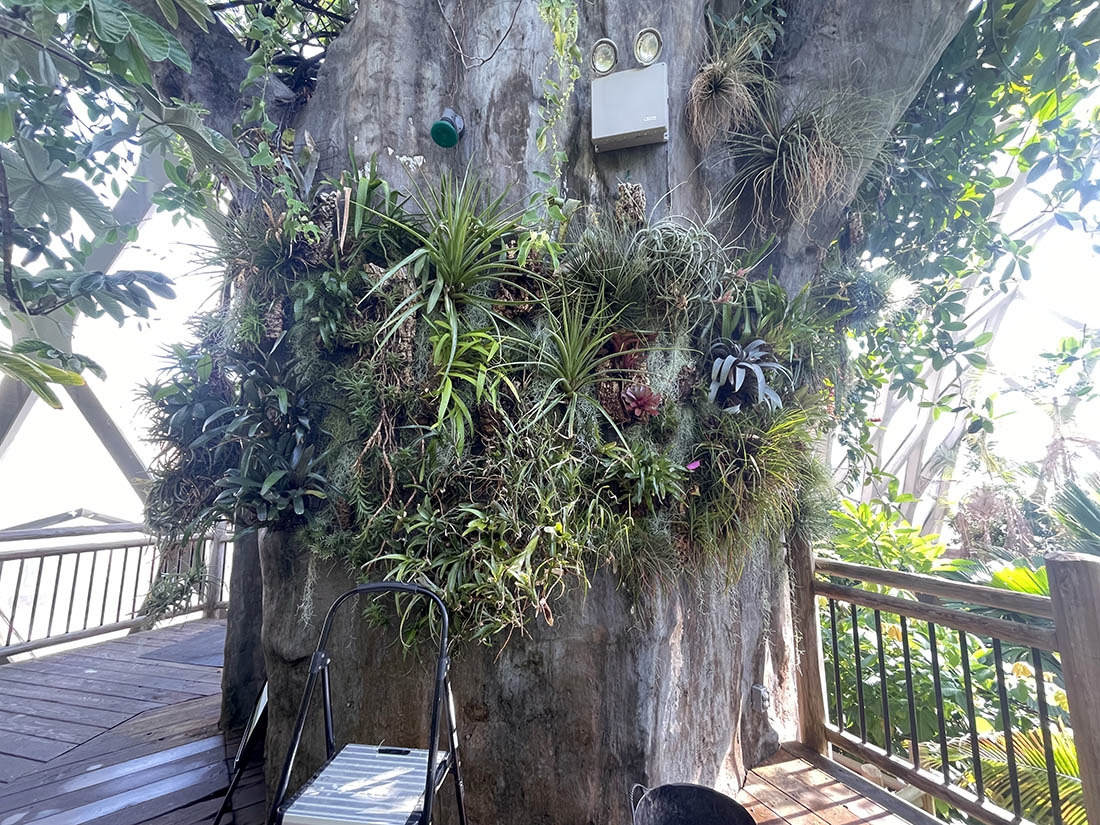
Add new comment